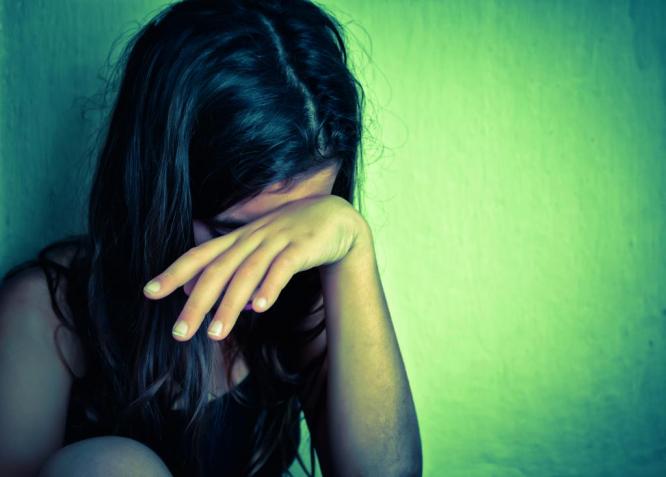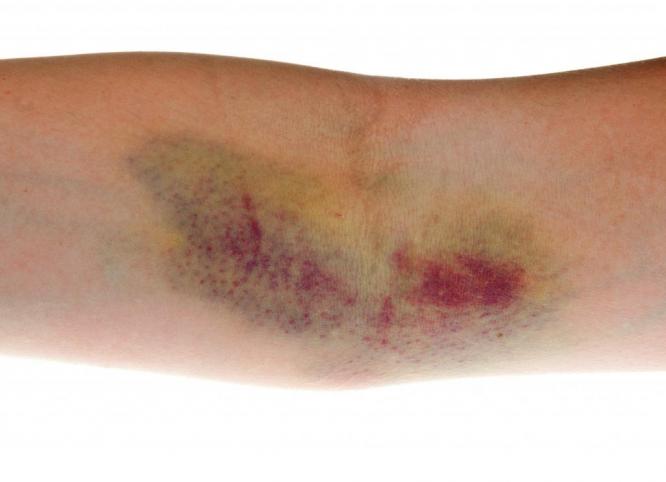7. Other restraints and seclusion
 Photo: Shutterstock
Photo: Shutterstock
Banning cage beds is necessary but not sufficient in eradicating coercion in Czech psychiatry. This chapter documents the use of forms of coercion other than cage beds: chemical restraints, leather and fabric straps and then seclusion. The chapter also outlines other dehumanising and coercive practices observed by monitors.
The effects of restraint
Restraints, including strapping, can have serious direct and indirect effects.74 Some of the direct physical impacts of restraint can be asphyxia, aspiration, blunt trauma to the chest, catecholamine rush (massive release of adrenaline which can affect the heart rhythm), rhabdomyolosis (breakdown of skeletal muscle tissue), leg vein thrombosis, muscular atrophy (muscle wastage), decubitus ulcers (pressure soars), pneumonia, cutaneous abrasions (cuts to the skin), bruises, soft tissue compression, neural lesions (damage to the spinal cord), fractures and death.75
Indirect injuries from restraints are also serious for the health and wellbeing of patients. These can include an increased mortality rate, pressure sores, bladder and bowel incontinence, mobility problems, nosocomial infections (hospital-contracted infections), more agitated behaviour, greater cognitive decline, declining socialisation, and increased disorientation.76
The use of restraints also has psychological effects. These include, but are not limited to, feelings of anger, sadness, fear, abandonment, anxiety, frustration, boredom, confusion, disgust, entrapment, punishment, resentment, degradation, dehumanisation and guilt, as reported by people who have experienced restraint.77
 Photo: Shutterstock
Photo: Shutterstock
74 David Evans, ‘Patient injury and physical restraint devices’, (Journal of Advanced Nursing, 41: 274–282, 2003).
75 Stacey A. Tovino, ‘Psychiatric restraint and seclusion: Resisting legislative solution’ (Stanta Clara L. Rev., 47: 511, 2007); AM Berzlanovich, Deaths due to physical restraint’, (Dtsch Arztebl Int., 109(3): 27-32, Jan 2012).
76 Supra note 74, at p. 278.
77 Dave Holmes, ‘The Mentally Ill and Social Exclusion: A critical examination of the use of seclusion from the patient’s perspective’ (Issues in Mental Health Nursing, 25(6): 559-578, 2004), at p. 566.

